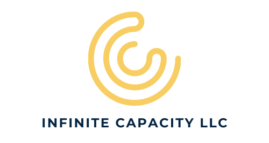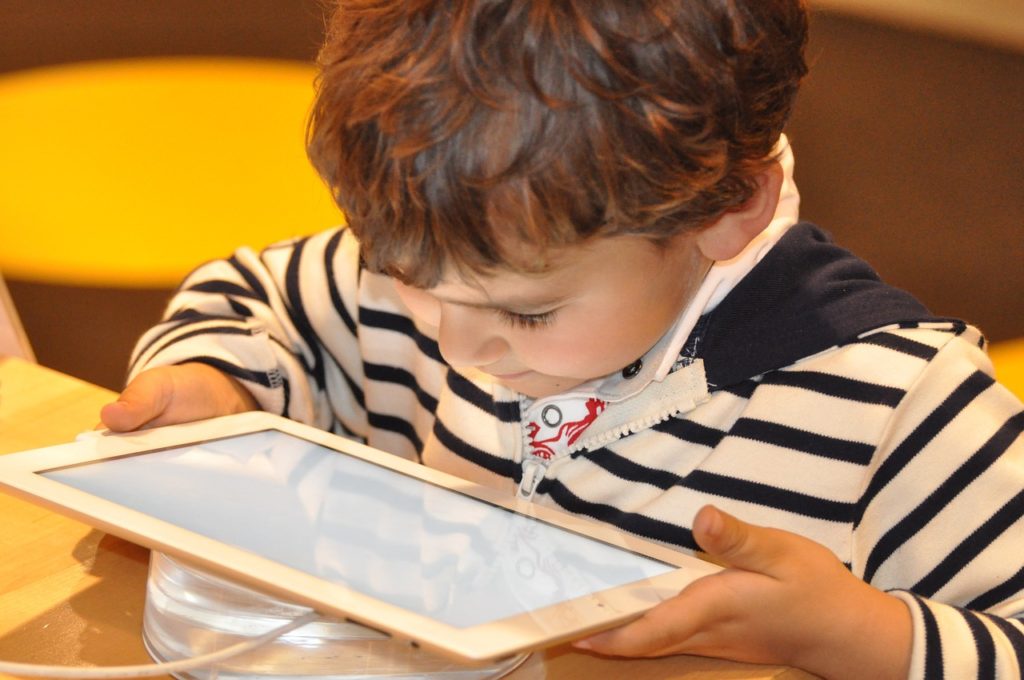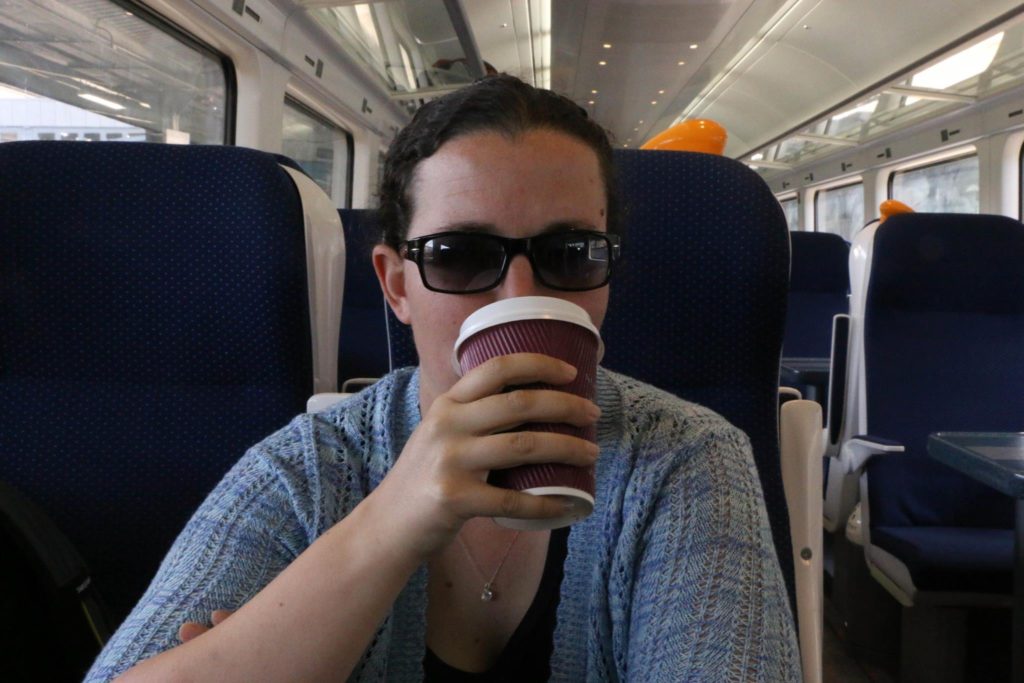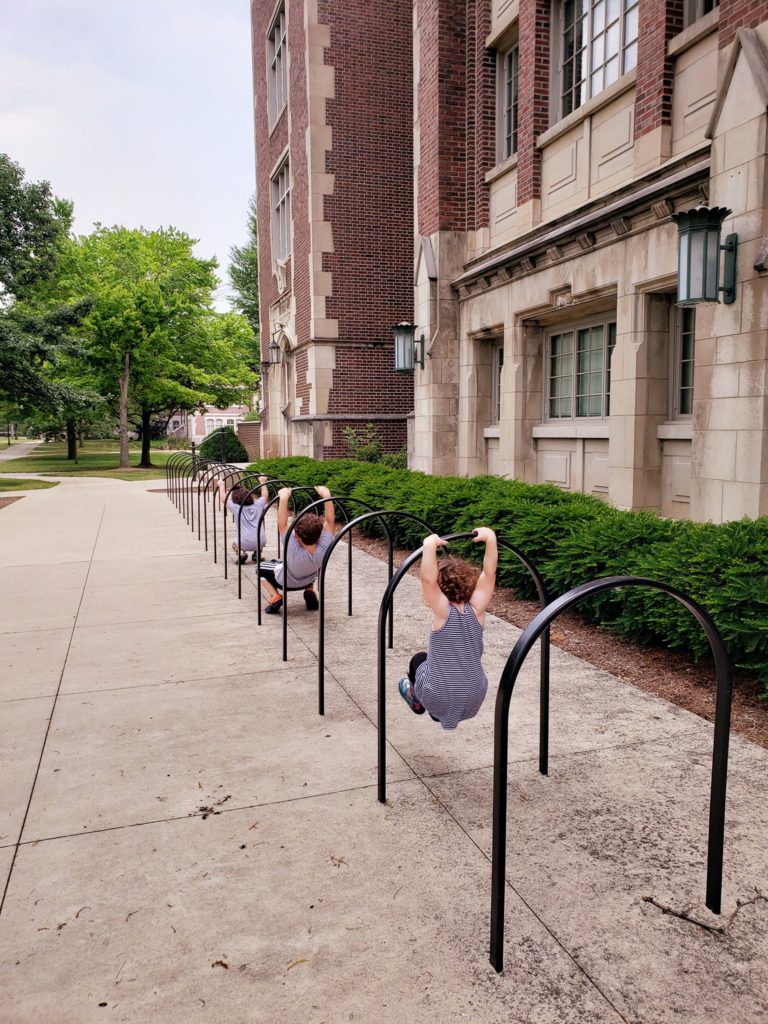STEM Integrations Community Partnership Series: Supporting Students’ Social-Emotional Learning Competencies through School-Community Partnerships in STEM/STEAM Education
Written by Krista M. Stith & Rachel L. Geesa
Oftentimes, when we consider science, technology, engineering, arts, and mathematics (STEM/STEAM) community partners in education, we think about the academic resources that community partners can share to enrich curricula and provide real-world and authentic experiences for students. However, to support PK-12 students to be career and college ready, community partners may also provide resources and opportunities for students to move toward or sustain social, emotional, and behavioral wellness. In this second installment of our community partner series, we anchor community partnerships within STEM/STEAM education practices that provide opportunities for positive social and emotional learning (SEL) development. We also offer exemplars of potential partners that extend throughout Indiana.
In formal and informal education settings, students must have opportunities to learn how to process their unique reactions, experiences, and stressors with their still-developing physical and emotional maturity. SEL education guides educators to recognize these individual needs and address them. The Indiana Department of Education’s (IDOE; 2020) Social, Emotional, and Behavioral Wellness website provides numerous resources to support SEL of students. According to Collaborative for Academic, Social, and Emotional Learning (CASEL; 2020), SEL is “the process through which children and adults acquire and effectively apply the knowledge, attitudes, and skills necessary to understand and manage emotions, set and achieve positive goals, feel and show empathy for others, establish and maintain positive relationships, and make responsible decisions.”
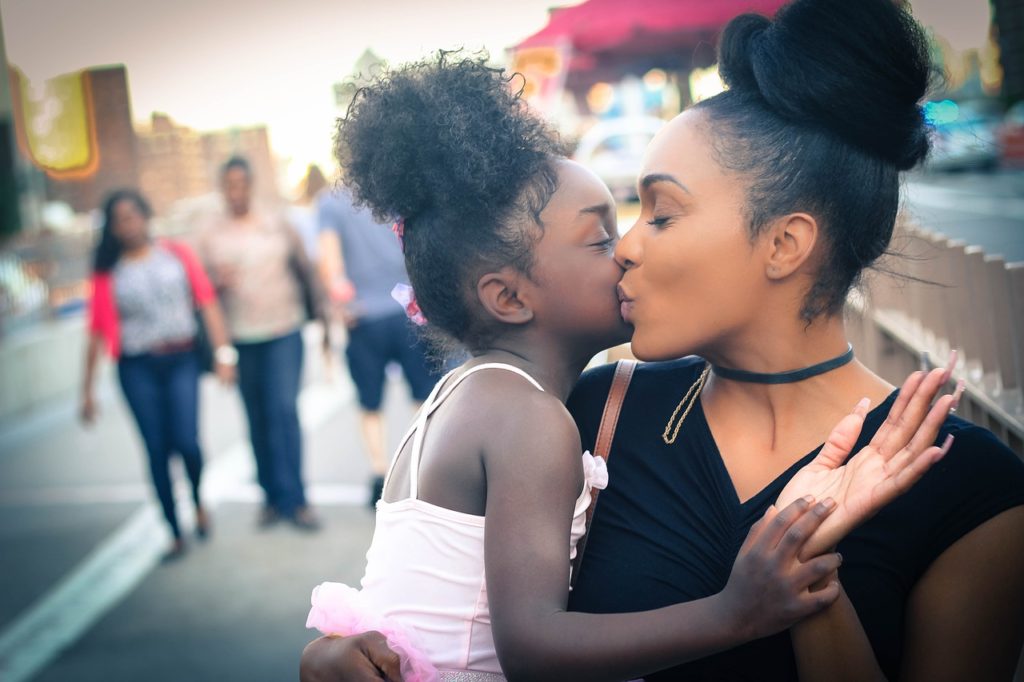
The IDOE adopted this definition and developed the Indiana PK-12 Social-Emotional Learning Competencies, which includes seven domains embedded in a neurodevelopmental and culturally responsive framework. These competencies are Mindset, Collaboration, Connection, Regulation, Sensory-Motor Integrations, Insight, and Critical Thinking.
We share specific Indiana-based examples of how educational leaders may encourage student development of the seven SEL competencies through STEM/STEAM learning and community partnerships in the following ways:
- Mindset- A student’s mindset plays a critical role in developing occupational interest, capacity, and emotional connections to pursue STEM/STEAM fields. Leaders and educators need to cultivate a mindset of “yes I can” for students from a young age and support them with real-world experiences to develop STEM-related knowledge and skill sets. Girl Scouts of Central Indiana provides a spectrum of hands-on activities that foster growth mindsets in STEM/STEAM. The K-12 curriculum inspires girls to think and do as scientists, technologists, engineers, artists, and mathematicians.
- Collaboration- Educational leaders can promote educators to include lessons with students working together in teams to develop relationships skills. In STEM/STEAM activities, students ideate solutions to problems, design and test solutions, celebrate their successes, and manage conflict. Leaders may foster collaboration with community partners to further cultivate social competencies. FIRST Indiana Robotics partners with schools and provides grant opportunities for students to interact with one another and build upon one another’s contributions in robotics challenges.
- Connection- When students can connect with themselves, their peers, and the adults in their lives, they develop respect and social awareness. Active listening, for example, can connect students to others and develop respect and cultural sensitivity. Community partners can also serve as active listeners to students. At Yorktown Community Schools, STEM teacher Kristen Alcorn, has partnered with the Modern School in New Delhi, India. Yorktown students connect with students on the other side of the world to ideate solutions to the region’s poor air quality.
- Regulation- The capacity to manage feelings, regulate emotions, and practice positive self-discipline are critical skills in the presence of failure, such as in engineering design activities. A community partner that supports art integration within STEM/STEAM activities provides an avenue for students to incorporate healthy stress relieving activities and an outlet to calm emotional reactions. Arts for Learning, with a robust list of volunteer teaching artists, partners with schools throughout the state to offer arts-integrated experiences for students.
- Sensory-Motor Integrations- The relationship between the sensory system and the motor system of the body integrate together so that the brain receives and organizes input from the environment and the body appropriately responds. In STEM/STEAM education, minds-on-hands-on activities support students in a variety of learning styles, but particularly kinesthetic learning. Leaders may work with 1st Maker Space in Indiana to build and develop maker spaces, as well as provide maker curricula and products.
- Insight– Intuitiveness and deep understanding of cause and effect supports students developing capacity in insight. STEM/STEAM education initiatives support the development of insight, such as through exposure to STEM careers. Better Youth Outcomes partners with employers across the state to connect students to these work-based opportunities, such as apprenticeships, internships, job shadowing, and site visits.
- Critical Thinking- Students preparing to enter society in adulthood should possess transferable and marketable critical thinking skills-making rational and reasonable judgments though synthesizing, managing, and analyzing multiple streams of information. The Purdue Science K-12 Outreach program through Purdue University creates and facilitates state-wide programs that cultivate critical thinking skills through collaborative interactions with faculty, leaders, teachers, and families.
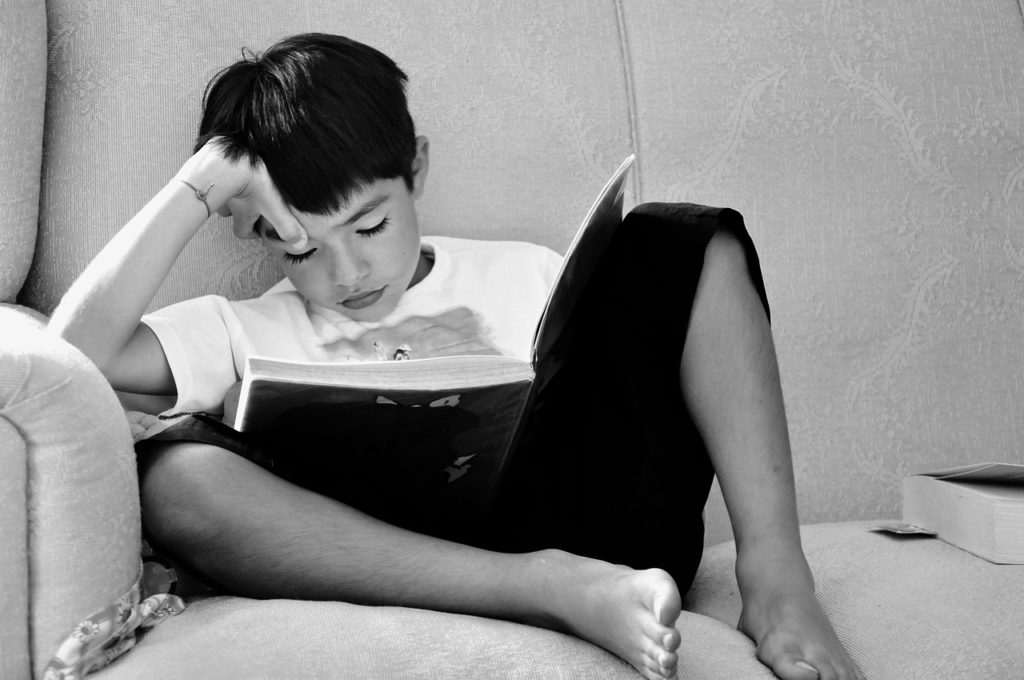
Community partners in the STEM/STEAM fields can not only support the academic experiences of PK-12 students, but support their social, emotional, and behavioral wellness as well. Through schools and districts working with external partners, such as the examples listed above, students are exposed to STEM/STEAM knowledge, attitudes, and skills within contexts that encourage them to regulate emotions, set goals, empathize with others, develop sustainable relationships, and use rational decision-making.
References.
Collaborative for Academic, Social, and Emotional Learning. (2020). Overview of SEL. https://casel.org/overview-sel/
Indiana Department of Education. (2020). Social, Emotional, and Behavioral Wellness. https://www.doe.in.gov/sebw
This article was published in the October 2020 Indianagram- a newsletter for Indiana’s Educational Leaders published by the Indiana Association of School Principals
